NVA in Viet Nam, Laos, and Cambodia: Laos
© John Puzzo 29 November 2008
Sources:
I. Federal Research Division of the Library of Congress, Country Studies/Area Handbook Program sponsored by the U.S. Department of Army. Superintendent of Documents, U.S. Government Printing Office.
II. http://www.onwar.com/aced/data/lima/laos1962.htm
III. http://www.onwar.com/aced/data/lima/laos1954.htm
IV. http://www.geocities.com/pentagon/2527/jhviet.html
V. http://www.factmonster.com/ce6/world/A0859186.html
VI. http://countrystudies.us/laos/
VII. http://countrystudies.us/laos/14.htm
VIII. http://www.britannica.com/eb/article-9058717/Pathet-Lao
IX. Communist Party of Vietnam: http://www.cpv.org.vn/english/archives/details.asp?topic=14&subtopic=99&leader_topic=42&id=BT2750372918
X. Jeff Jacoby, Boston Globe column, April 30, 2000
XI. No More Vietnam’s,” Richard Milhous Nixon, Arbor House;1985
XII. Tragic Mountains: The Hmong, the Americans, and the Secret Wars for Laos, 1942-1992, by Jane Hamilton-Merritt; Indiana University Press; 1993.
The Lao People’s Revolutionary Party that now controls Laos is a Marxist-Leninist party patterned after the Vietnamese Communist Party and was strongly influenced by the Soviet Union and the USSR's Communist Party. It practices Marxism Leninism, as does Viet Nam. Since 1975, it has monopolized political power in Laos. The policy-making organs are the politburo and the central committee.
Ho Chi Minh was a hard-line Bolshevik Dictator. Communism and the Leninist principle that Communist nations should subordinate their interests to those of international Communism dictated Ho Chi Minh’s entire life and give the lie to the oft repeated but false claim that he was a nationalist first and a Communist second. Many years after his death, his party, the Communist Party, admitted the true nature of Ho Chi Minh:
“…from his youth to the last minute of his life, President Ho Chi Minh devoted his life to the revolutionary cause of our people and to the people of the world (emph. added). He … creatively applied Marxism-Leninism …for the Vietnamese revolution… to realize the lofty ideas of socialism and communism…To constantly enhance pure internationalist sentiments…and unity in the socialist camp…on the basis of Marxism-Leninism and proletarian internationalism and make a contribution to the world revolution.”(Updated on 5/27/2003 at 20:15; citation date: 26 November 2008: Communist Party of Vietnam Online Newspaper Citation Reference: http://www.cpv.org.vn/english/archives/details.asp?topic=14&subtopic=99&leader_topic=42&id=BT2750372918
Ho Chi Minh was a founding member of the French Communist Party (1920) and a member of the fourth (1922) and fifth (1923) Communist Internationals – the COMINTERN - and held rank and salary in the Soviet system (see: Le Van Tien, “The Disintegration of the Vietnamese Communist Movement and Its Consequences.” Thoi Su Magazine, February, March, and April, 1995).
The COMINTERN's priority was exporting the Revolution, specifically the export of subversion, terror, and the employment of murder and assassination against selected opponents and informers by paramilitary wings (terror networks), tactics that would destabilize target nations and make them vulnerable to takeover. The COMINTERN was thoroughly infused with secret informers and intelligence operatives working under the Party.
Cannibalistic:
By 1943, 133 out of 492 Comintern staff members became Party victims. Many were convinced to relocate to the Soviet Union where they were liquidated. During WW II, more than a thousand were betrayed by the International Socialists (Communists) to the National Socialists (Nazi’s). The leaders of the Indian, Korean, Mexican, Iranian and Turkish Communist parties were simply executed where they were.
COMINTERN member, Ho Chi Minh, on the cover of ‘Time’ magazine three times as ‘Man of the Year’ in 1954, 1965, and 1975, employed similar tactics and turned the whole of SE Asia into a cavern of slaughter: "Better 10 innocent deaths than one enemy survivor," was a both a philosophy and a means to an end for Ho Chi Minh and the Communist Party.
"Hundreds of thousands of North Vietnamese were killed as 'class enemies' and 'counterrevolutionaries.' During Hanoi's brief occupation of Hue in 1968, Tet Offensive, thousands of citizens -- priests, doctors, bureaucrats -- were butchered.
“It was not to satisfy some imperial craving that America went to war in Vietnam.
“It went to save the South from murder."
Jeff Jacoby, Boston Globe columnist, April 30, 2000
After organizing his political cadre and network of couriers, organizers, agents and spies into the Indochina Communist Party, Ho Chi Minh commenced formation of a military apparatus throughout SE Asia in the 1930’s. Although not well known, the ICP played a significant role in the attempt to overthrow the Lao monarchy in 1932.
By February 1951 the ICP had formed separate revolutionary front parties for Vietnam, Laos, and Cambodia, implementing Hanoi’s strategy of making revolution on "one battlefield."
Whether revolution is ‘war’ that is waged on a battlefield is arguable. Certainly ‘the Revolution’ waged in SE Asia began and continues with attacks on civilians by the Revolutionary parties and the military forces they field.
The Ho Chi Minh Trail, a clandestine supply route, extended from the Soviet Union and China through North Viet Nam, Laos and Cambodia to service the communist terror network of increasingly conventional armed forces, which has never ceased their predations against civilians continuing today as they do against the Montagnard and Hmong.
As the NVA occupied more and more territory in these sovereign nations, terror and atrocity against the civilian populations became progressively more severe with locals pressed into service as laborers, soldiers, and sex slaves.
Communist-style terrorism as it was practiced by Ho Chi Minh and the NVA, like that of the Soviet Union, China, and North Korea before it, is the model and method of revolution and population control used by all modern totalitarian dictatorships.
This terror was practiced throughout SE Asia. Characteristically, statistics are more available for Viet Nam, but illustrative of what occurred in Laos and Cambodia as well as in Viet Nam, dominated first by the Indochina Communist Party and then by the NVA, proxy army for international Communism:
“From 1957 to 1973, the National Liberation Front death squads assassinated 36,725 South Vietnamese and abducted another 58,499 and focused on leaders at the village level and on anyone who improved the lives of the peasants such as medical personnel, social workers, and schoolteachers.”[See: Nixon] No More Vietnams by Richard Nixon]
New waves of Vietnamese Communist political and military agents infiltrated Laos between 1946 and 1947, beginning with 500-700 personnel. That figure grew to approximately 7,000 agents between 1950 and 1951. By 1953, 17,000 Vietnamese were in Laos, organizing the revolution even as the Geneva Accords were in the process of formulation.
By the closing months of WWII, the nucleus of one full division was in place and others were in service along the Vietnamese border with Laos. One full division, the 335th NVA, occupied portions of Laos in violation of international law.
By 1951, the NVA could field 5 full infantry divisions of between 10,000 - 15,000 soldiers each, with artillery, AA, and support units.
Two months after the 1954 Geneva Conference on Indochina, the North Vietnamese established ‘Group 100’ on the Laotian Border near the Thanh Hoa-Houaphan region of Ban Namèo. This unit provided arms, cadre, and war matériel to support pro-Hanoi Pathet Lao forces.
In a major diplomatic affront to Communism and affirmation of its sovereignty and liberty, Laos angered Communists in China and Hanoi by admitting diplomats from free Taipei and Saigon in the summer of 1958.
In retaliation, the North Vietnamese Army, armed and equipped by China and the Soviet Union, occupied the Xépôn District of Laos, an area strategically located near the DMZ between North and South Vietnam. Hanoi claimed the villages as Vietnamese territory and organized the Laotian Popular Front in the same way that they created the National Liberation Front – the Viet Cong, in South Viet Nam.
Laos immediately protested these intrigues and open belligerency. With no ability to match an experienced army that had invaded its territory, Laos hoped for a greater degree of United States support.
By July 1959 Laos ordered the arrest of Lao Popular Front insurgents and North Vietnamese regular army units immediately launched operations along the Laotian border. NVA forces led the attacks, crushed the inexperienced and poorly equipped Laotian army, and turned defeated areas over to Pathet Lao forces, which remained in place as the Vietnamese withdrew.
This tactic had the advantage of concealing Hanoi’s use of their army against a sovereign nation. Due to their characteristic brutality against civilians, mere rumors of North Vietnamese Army presence spread terror across the Laotian landscape.
War waged by Atrocity throughout SE Asia
In Viet Nam, Newsweek magazine for May 15, 1967 reported, "…over the past decade the Viet Cong have murdered, mutilated and otherwise brutalized tens of thousands of Vietnamese civilians. And far from attempting to conceal their atrocities, the guerrillas have performed them in the most ostentatious fashion possible."
In September 1959, North Vietnamese Army ‘Group 959’ began operations with a major effort to expand Pathet Lao forces. As Communist military planners widened the war and moved against the government of Laos, they created NVA ‘Group 959’ to move supplies to the Pathet Lao. North Vietnam and Lao Communist parties together established ‘Group 959,’ headquartered at Hanoi but with local command and support units stationed just inside the Laotian border.
‘Group 959’ "served the ‘(Lao) Military Commission’ and ‘Supreme Command of the Lao People's Liberation Army,’ distributed money and Vietnamese war matériel to fuel the Laotian revolution, and commanded Vietnamese personnel operating in Laos in violation of the 1954 Geneva Conference that prohibited interference in the internal affairs of Laos, specific language that had been written into the Geneva Accords as a result of Hanoi’s open belligerence against Laos.
In their long term strategy to dominate all of SE Asia, NVA planners outlined a role for Laotian communists and Pathet Lao forces as architects of the revolution in Laos and to support NVA operations against South Viet Nam.
Hanoi opened the first tracks of the Ho Chi Minh Trail in mid-1959 through the rugged mountain jungles of Xépôn district.
‘Group 559’ of the North Vietnamese Army was originally a transportation and logistical unit was established to move troops, weapons, and matériel to Vietcong and NVA units into northern and western South Vietnam. By 1960, the Soviet Union was openly airlifting supplies to the NVA and Pathet Lao in Laos.
By 1963, the force level of ‘Group 559’grew to 24,000 troops and included six motorized transport battalions plus engineering, anti-aircraft, and infantry units to provide security forces.
The Hanoi Regime went so far as to declare the trail system and its base areas inside Laos and Cambodia a North Vietnamese ‘Military Region,’ with staff reporting directly to the Military Affairs Party Committee and the General Staff of the Central Committee of the Communist Party in Hanoi.
By 1965, not less than three subordinate commands were created for the supply corridors that ran through Laos. The NVA 316th Division was moved to Laos to shield their base areas and supply routes along the Ho Chi Minh Trail.
As Giap and the central planners of Hanoi’s junta readied their forces for the 1972 Easter Offensive, they felt the need to protect their Western flank and sanctuaries in Laos which would play key roles in the massive but doomed offensive against South Viet Nam.
Accordingly, between December 1971 and April 1972, twenty North Vietnamese independent maneuver battalions engaged a much smaller force of 10,000 Hmong Special Guerrilla Units and Royal Lao Army defenders.
The Hmong SGU’s halted an attack of Soviet T-34 tanks against the airfield at Longtiang with well placed land mines and individual action, and together with Royal Lao Army forces, drove off a stunned NVA.
Both sides experienced heavy losses, but the NVA was startled by the tenacity of the Hmong and Royal Lao forces, a shock they would feel more acutely in the months ahead as the ARVN, with US Airpower, threw back 22 full NVA divisions back across the DMZ and to their sanctuaries in Laos and Cambodia. It remains the most significant defeat of the North Vietnamese Army in it’s entire history.
US POW’s in Laos.
Apart from their wanton use of atrocity against the innocent, no issue more describes the hubris, arrogance, illegitimacy, and dishonor of communist regimes than their treatment of POW’s, and this holds special significance for the US POW’s held in Laos, from which no US POW ever returned.
Under Chapter II, Article 5 of the Vientiane Agreement, the communists in control of Laos were obligated to repatriate all persons held captive, regardless of nationality.
The Pathet Lao held a number of United States citizens captured by them or the North Vietnamese in Laos, but they neither provided lists of those who had fallen into their hands nor adhered to international conventions on treatment of POWs. The US Department of Defense listed 555 Americans as unaccounted for, either as POWs, missing in action (MIA) or killed in action/body not recovered, in Laos.
Five days prior to the signing of the Vientiane Agreement, the Pathet Lao delegate in Vientiane told the editor of the Vientiane newspaper ‘Xat Lao’ (The Lao Nation) that the Pathet Lao leadership had a detailed accounting of United States prisoners and the locations where they were being held and that they would be released after the cease-fire. He added: "If they were captured in Laos, they will be returned in Laos."
On the day the Vientiane Agreement was signed, the United States obtained confirmation of those statements and requested further details but was informed that the release of eight prisoners in Hanoi, whose names had previously been given to the US by the North Vietnamese in Paris, had been held in North Vietnam for some time, not Laos.
Later the Pathet Lao told the United States embassy that this fulfilled their POW release obligations. The North Vietnamese did not respond to requests for clarification of the discrepancy between the number of POWs and MIAs carried by the Department of Defense and the small number of POWs released.
Official Department of Defense figures list 13 American POW’s captured by Pathet Lao as having been turned over to the NVA and released in 1973. http://www.miafacts.org/laos.htm#captured%20in%20laos
The Vientiane Agreement was signed on September 14, 1973. The only United States citizen released by the Pathet Lao in Laos in accordance with these provisions was a civilian pilot captured after the cease-fire. In the ensuing years, the Communists would calmly inform visiting United States officials and families of POW/MIAs that they knew nothing about the fate of United States POWs and MIAs in Laos.
The end of Laos as a free nation.
For fifteen years the Hmong Special Guerilla Units of General Vang Pao conducted successful operations against the NVA and punished Hanoi and its proxy army, the Pathet Lao. But on March 27, 1975, North Vietnamese-Pathet Lao forces launched a strong attack against Vang Pao's Hmong defenders and this time there would be no support. The Hmong were being abandoned and the Pathet Lao vowed to "wipe them out.”
Vang Pao requested evacuation for his soldiers and their families to safe haven in Thailand but the CIA offered to evacuate only the families of key officers. Vang Pao requested an airlift for 5,000.
Facing an ultimatum, Vang Pao and twelve Hmong leaders signed a treaty on May 10 reminding the United States of the pledges made to them and agreed to leave Laos and never return. In the next days a motley collection of planes piloted by United States volunteers, Hmong, and Lao flew out a few hundred Hmong. With great sadness, Vang Pao left on May 14, 1975.
His people still in Laos are hunted yet by the Communists. Other Lao remained to be judged by communist ideologues now in power in Laos, and the familiar gulag was called up out of the darkness to throw its shadow over Laos and its people.
Prisoners were force to build their own prison camps – ‘Seminar Camps,’ similar to the re-education camps of the Vietnamese. “Reactionaries,” “Saboteurs,” and “Subversives,” described the inmates, some of whom survived 15 years of depravation. Even the Buddhist monks were spied on and intimidated.
How bad would it get? “As 1975 drew to a close, 11 year old Xiong Pao Xe, who, six months earlier had been taken by the Pathet Lao to be trained, received a real gun and an assignment. “The P.L. gave each of us a gun-something like a Soviet-made machine gun-and ordered us back to our villages to kill our parents…” (Quoted in Tragic Mountains; Hamilton-Merritt, p. 376. (Note: The boy used the AK-47 instead against the Pathet Lao)
A worse fate: Hunted Like animals:
WEDNESDAY, NOVEMBER 26, 2008
Hmong: After the War, The Killing
Review of "HUNTED LIKE ANIMALS,” a Documentary by REBECCA SOMMER
Question: What do you call it when a war is over but the killing goes on?
Answer: Communism
The advent of Communism has ushered in things the world had never seen before the Bolsheviks took over Russia in 1917 and instituted the 'Soviet.' Since then, the bloodletting has not ceased.
Hitler is a piker when compared to Stalin, Lenin, Mao, Ho Chi Minh, Pol Pot, Castro...all Communists and purveyors of the greatest violence the world has seen.
Nazism passed away at the end of WWII. Communism, the other side of the socialist coin, persists, its brutality undiminished, its thirst for blood unquenched, its march toward world revolution refueled, replenished, and strengthened by integration with the world’s economies and therefore remains unopposed to devour its new victims.
Socialist Fascism/Nazism took a fraction of the lives that Socialist Communism has consumed and continues to swallow (see: 'Death By Government,' by Rudy Hummel, U. of Hawaii, and, 'The Black Book of Communism: Crimes, Terror, Repression,' authored by several scholars and edited by Stéphane Courtois.).
This documentary by Rebecca Sommer is witness to the ongoing reality of Communism. It provides details of a largely unknown war against civilians, a genocidal war waged against the Hmong Lao by Communist Laotian and Vietnamese military forces. These forest dwelling Hmong live their entire lives running and hiding from the Communists in the remote mountains of Laos.
Every day since 1975, Communist forces have carried out their aggressions against this largely unarmed, defenseless, simple, and abjectly poor people who remain in the forests because to venture out is to invite rape, murder, and death by execution, torture, and dismemberment, the typical tools of Communist repression. Once employed against the host population, this parasitic form of government relies on the calculus of fear inspired by such atrocities to do whatever it wants.
Many Hmong fought the communists during the Viet Nam War and retreated back into the inaccessible mountains of Laos after the U.S. pulled out of SE Asia in 1975, the war supposedly over with a Communist victory.
With no one left to fight, the Communists only promised - and delivered- a bloodbath and the 'peace of the cell, the shackle, and the grave’ to those whom they defeated: the people of SE Asia. Communism demands human sacrifice.
The Hmong became targets of persecution and retaliation by Communist forces because they fought against them. Whether or not they had sided with America is almost irrelevant, as the North Vietnamese Army, on its relentless (by 1975) 30 year march to revolution and the domination of all Indochina, would have swallowed them up anyway. The NVA, proxy army of Communism, meant to have Laos, and Cambodia, and Viet Nam and deliver the populations of those countries into the Revolutionary furnace.
While most Lao-Hmong were re-integrated into their country after 1975, many other Hmong faced the Vietnamese and Laotian gulag of persecution, enslavement, and execution after they surrendered. Those who remained in the jungle with well justified fears are forced to starve and bring children into a terrifying, uncertain world.
Transgressions against the Hmong by the Lao Communist authorities and Vietnamese soldiers have persisted over a span of more than thirty years since 1975. So have the reports of such abuse, only to fall on deaf ears. Where is the UN?
A generation after the Viet Nam War supposedly ended the only free Laotians – the Hmong, hide from their own government and from the NVA who had turned Laos into their sanctuary and supply depot during the war. These little groups of families are attacked with military weapons - aircraft, artillery, chemical weapons, and by ground forces that shoot them and place land mines around their meager food sources.
The Hmong are chased through the jungles like wild animals and killed when caught by Laotian and Vietnamese soldiers. The women, even very young girls, are raped and often mutilated and killed when the soldiers are done with them.
The Hmong understand that those who surrender face an uncertain fate. Therefore, with no options and mostly for their children only the most desperate drizzle out of the jungle. Knowing the fate of others who have been lured by false promises, the desperation must be very great for them to leave their jungle hiding places, many never to be seen again after surrendering to Communist forces and bureaucrats.
The Hmong are also used as targets by communist forces in SE Asia who train their armies and air force by conducting military exercises against them. Facing this genocide, many try to escape to neighboring Thailand as refugees, but the Thai have begun forcibly returning them to a hostile Communist government where their fate is much at question.
This documentary by Rebecca Sommer is a story of human rights violations on a scale and intensity that is hard to imagine for those who live comfortable, secure lives. But it must be told, and "HUNTED LIKE ANIMALS” tells it, in the words of the victims themselves.
Even the 'Diary of Anne Frank' was not told with more poignancy, sadness, and fear.
Where is the UN? Where are the Jews, who say, "Never again?"
Filmmaker Rebecca Sommer traveled in 2005 and 2006 to the Hmong refugee camp of Ban Huay Nam Khao, Petchabun, in Thailand, where she focused on the Hmong Lao who fled military aggressions against them in their beloved homeland, the beautiful Laotian mountains.
The testimony of these Hmong refugees, with footage filmed by the Hmong themselves who carried digital camcorders back to the danger zones inside of Laos reveals the human face of contemporary genocide.
These 'human rights violations' occur daily in the remote mountains of Laos, where the gentle Hmong, marked for extinction by the Communists who hate them, are ‘Hunted like Animals.’
Never again?
For more information and to obtain copies of the film, contact:
sommerfilms@gmail.com
LABELS: COMMUNISM, GENOCIDE, HMONG, HO CHI MINH, HO CHI MINH TRAIL, LAOS, NVA, PATHET LAO, VIET NAM WAR
WARNING
Nom Chomsky, a presenter on one of the videos, is a bifurcated, anti-American, twisted intellectual who never seems to offer criticisms against communists, communism, or socialism. He is brilliant, dangerous to liberty, and to be regarded with highest suspicion.
See: ‘Hmong’ on YouTube.
http://www.youtube.com/watch?v=EJnUaH6_-cc&feature=related
http://www.youtube.com/watch?v=tzpyC-KtU1I&feature=related
http://www.youtube.com/watch?v=Dcxo8BwwURU&feature=related
http://www.youtube.com/watch?v=Dcxo8BwwURU&feature=related
http://www.youtube.com/watch?v=H-yEvi_3aB0&feature=related
http://www.youtube.com/watch?v=H-yEvi_3aB0&feature=related
http://www.youtube.com/watch?v=oqQPU2YdZFk&feature=related
Documentary
http://www.youtube.com/watch?v=c4fVWoZydWs&feature=related
http://www.youtube.com/watch?v=VtW08-HrGPI&feature=related
http://www.youtube.com/watch?v=oqQPU2YdZFk&feature=related
Hunted like animals
http://www.youtube.com/watch?v=Z1xngfvVN6k&feature=related
Evicted from Thailand
http://www.youtube.com/watch?v=CfdYWL0yd1M&feature=related
Profaned
http://www.youtube.com/watch?v=ZB-nrE2mcJI&feature=related
http://www.youtube.com/watch?v=mJHerGolvR0&feature=related
Monday, December 1, 2008
NVA In Laos, Cambodia, and Viet Nam: The United Battlefield
Labels:
Atrocity,
Cambodia,
Genocide,
Gulag,
Hmong,
Ho Chi Minh,
Laos,
Marxism,
NVA,
Rape,
Re-education Camps,
Seminar Camps,
Terrorism,
Viet Nam War
Subscribe to:
Post Comments (Atom)




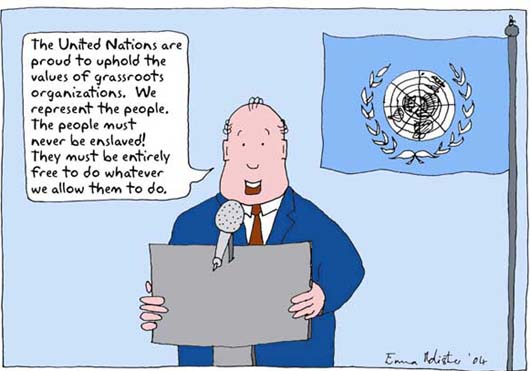
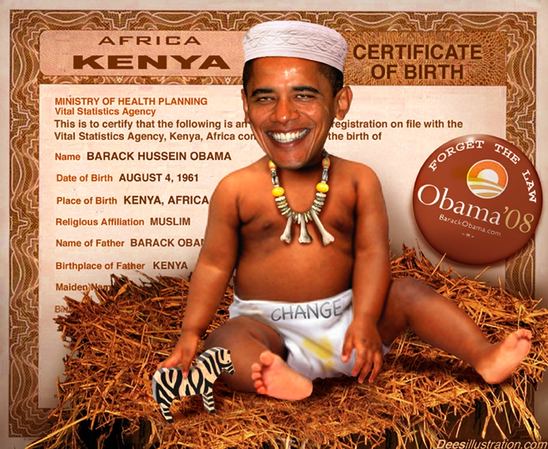
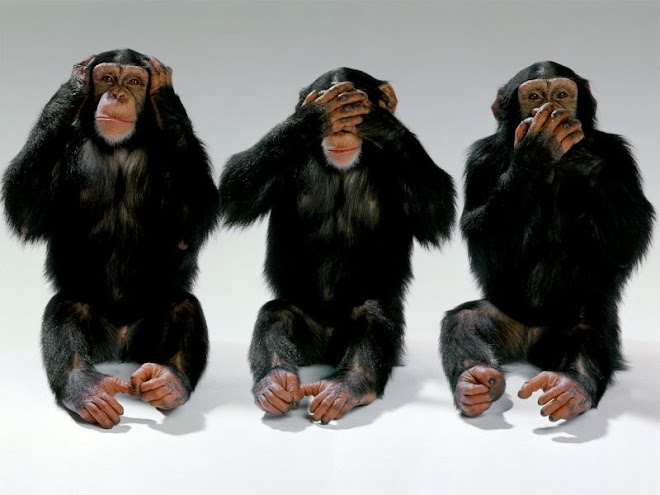


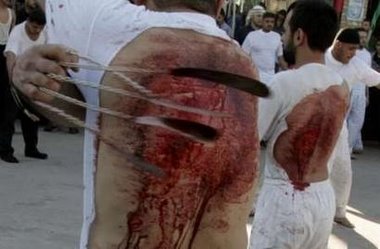



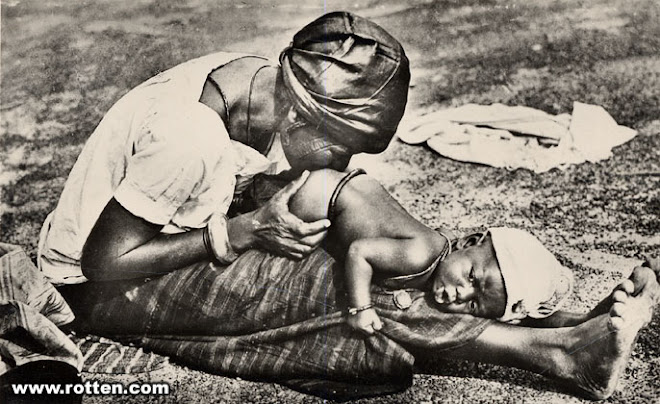

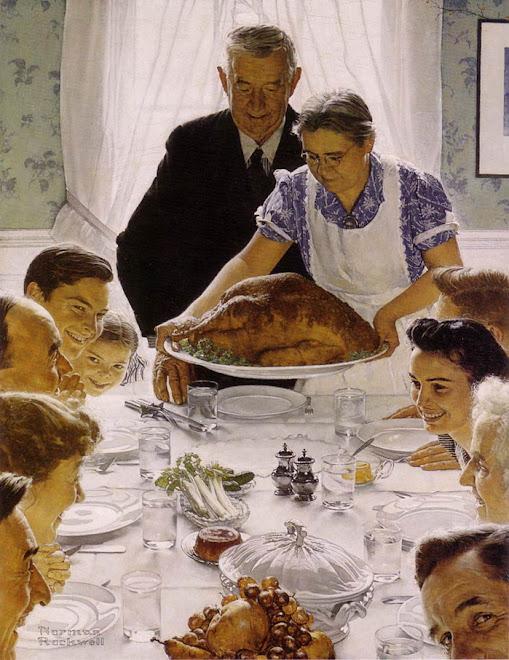

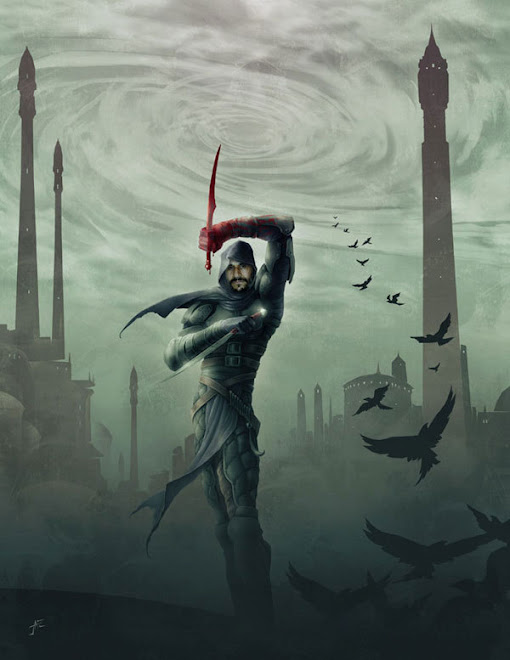


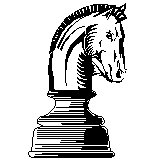

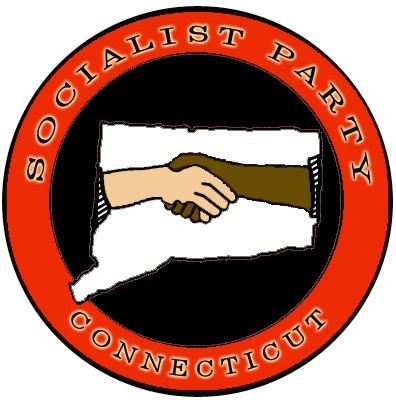






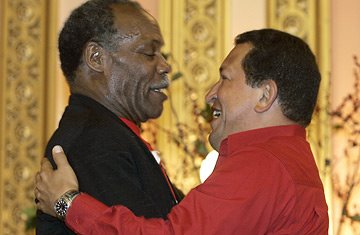
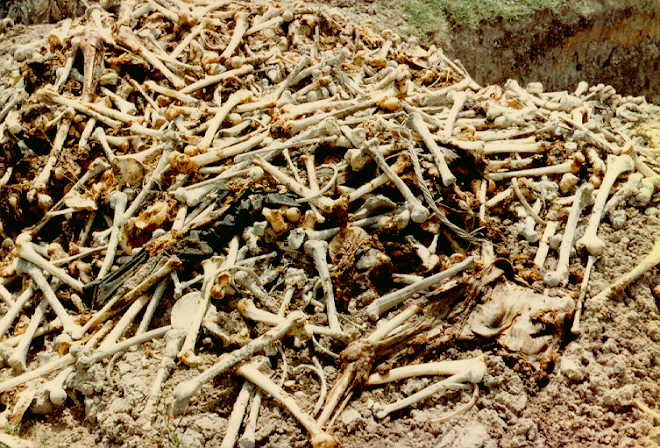
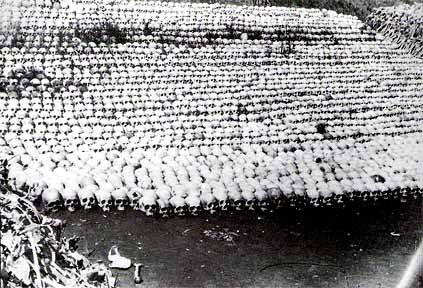
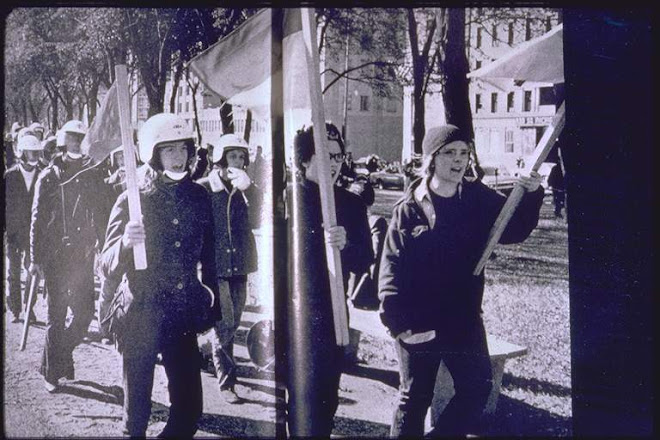
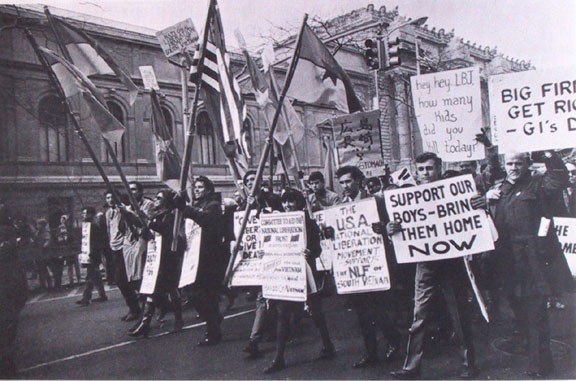
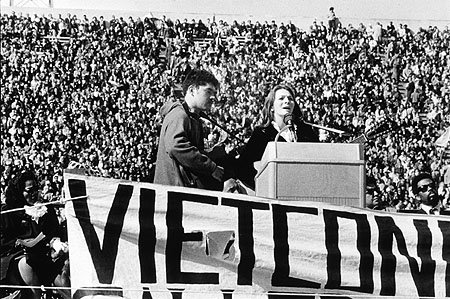
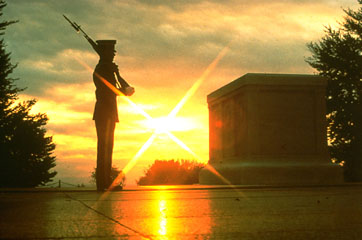

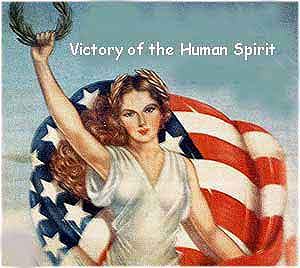
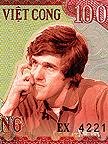
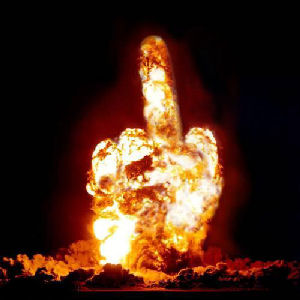
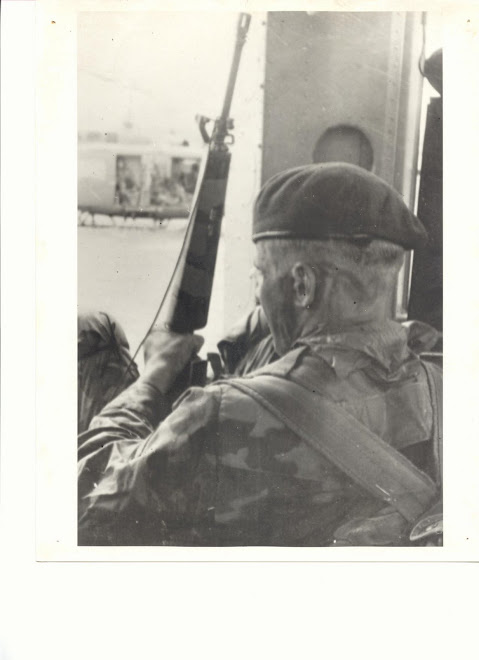
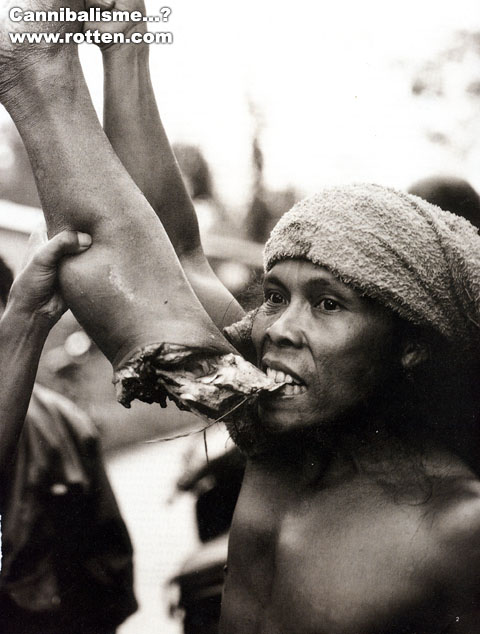


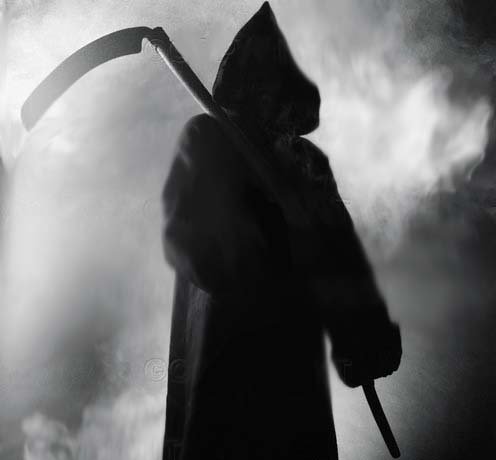

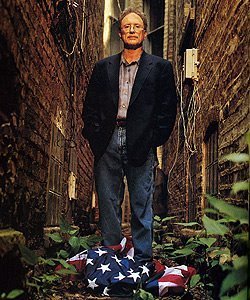
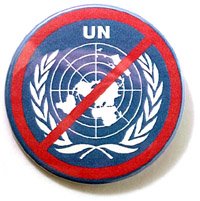



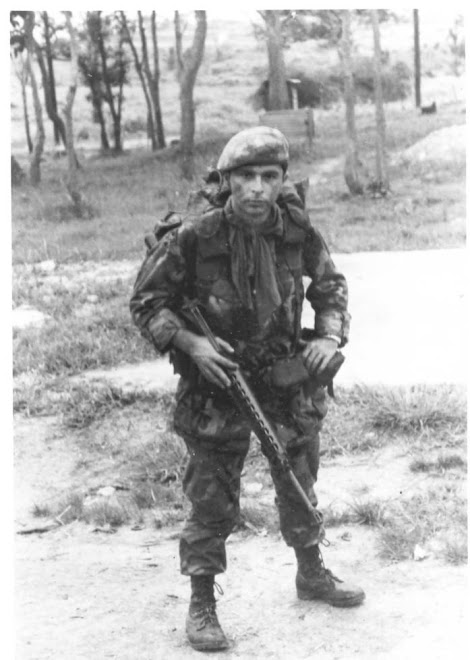
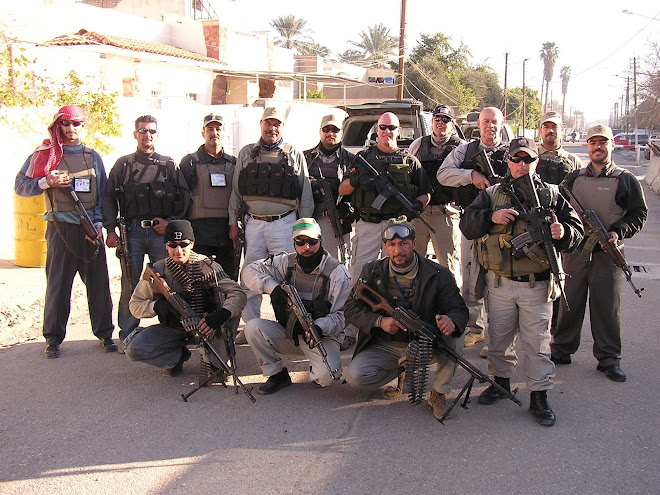
No comments:
Post a Comment